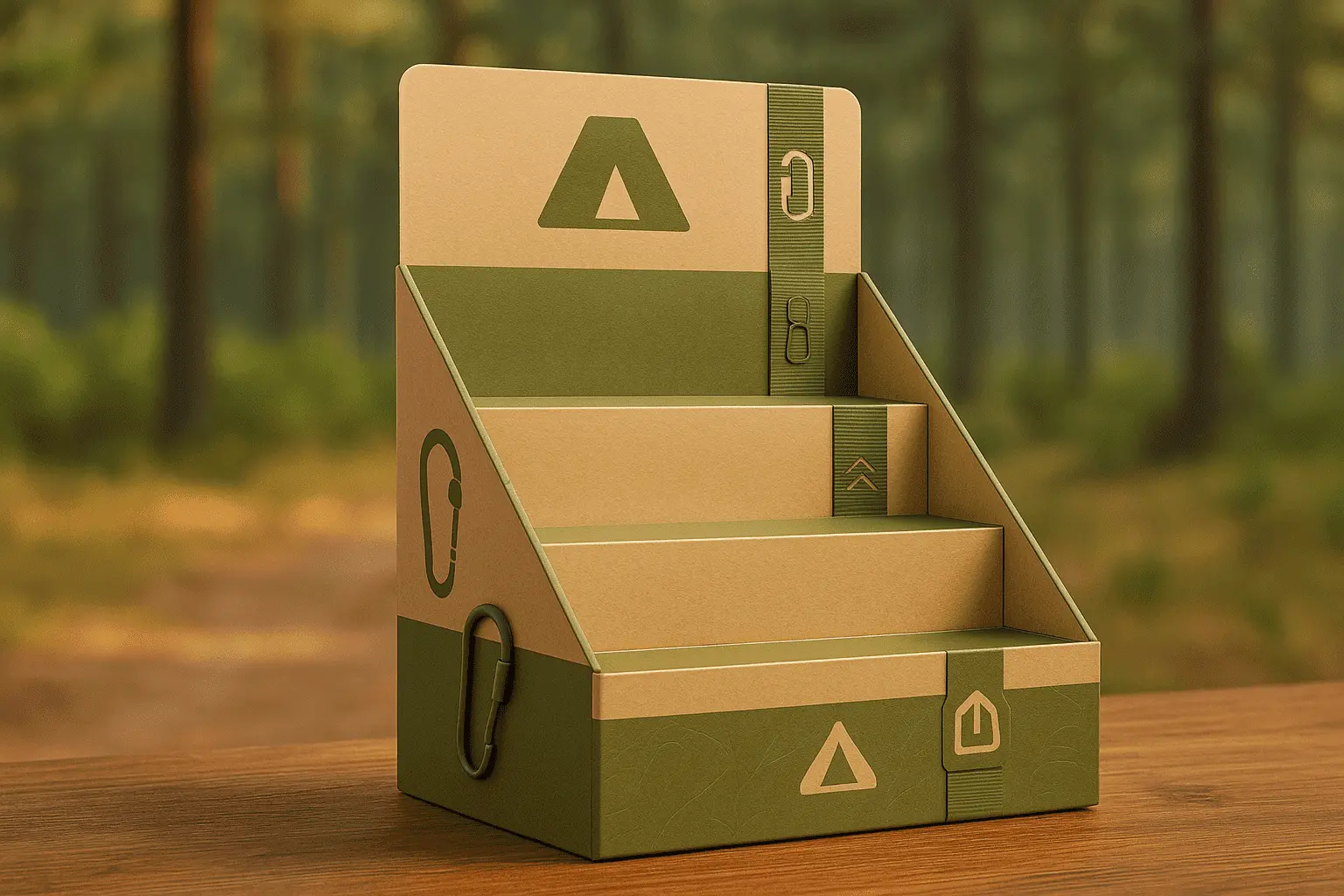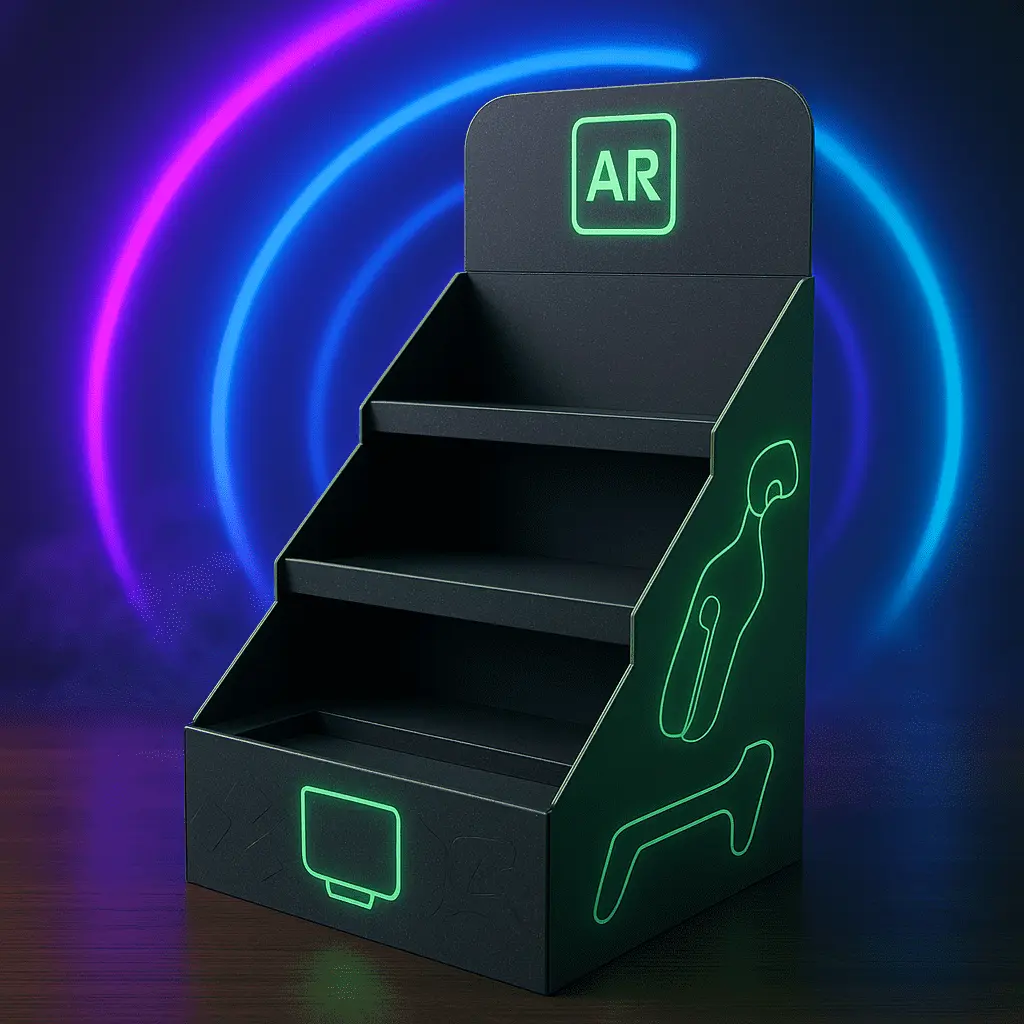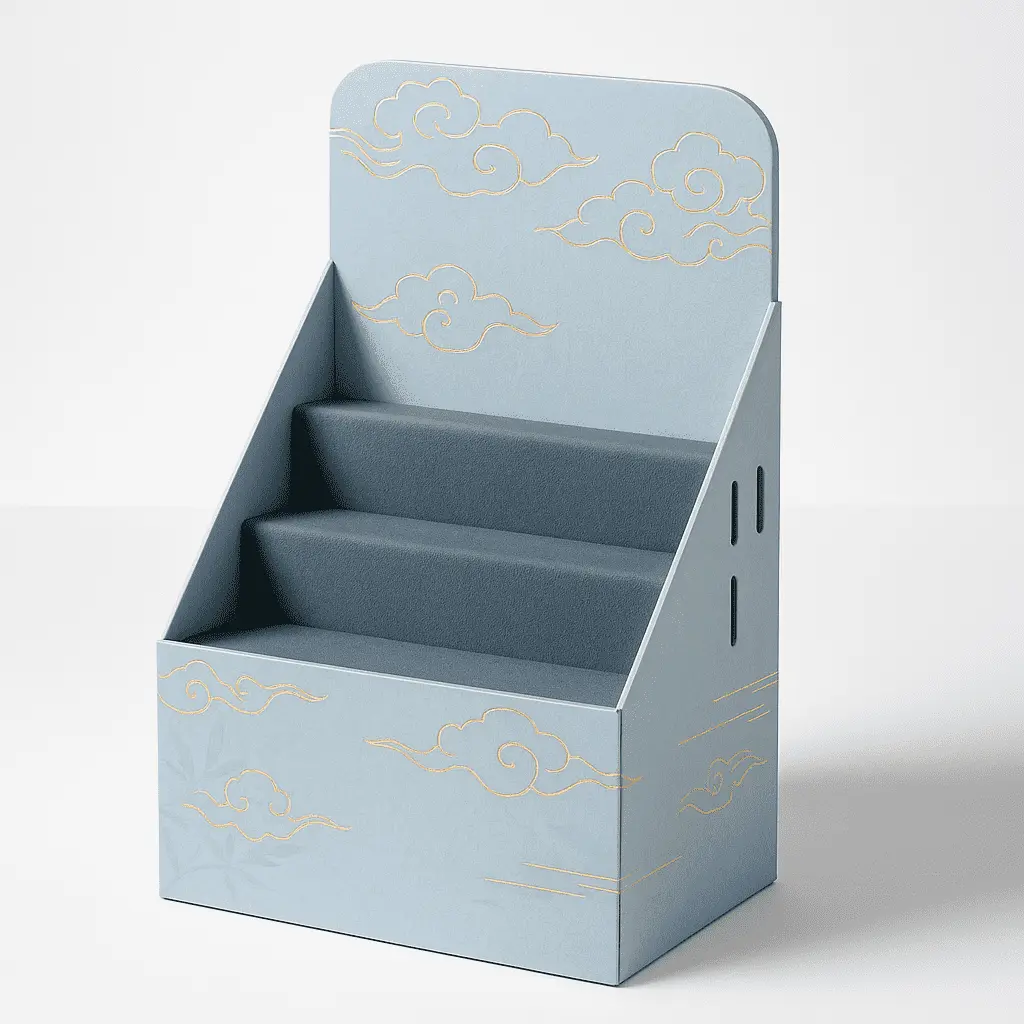Understanding the Fundamentals of Shelf-Ready Packaging
Defining Shelf-Ready Packaging
Shelf-ready packaging, also known as retail-ready packaging, is a packaging solution designed to move products from manufacturer to retail shelves with minimal handling. This innovative approach combines secondary and tertiary packaging into a single unit that can be easily opened and placed directly on store shelves. The primary goal of SRP is to optimize the supply chain, reduce labor costs, and improve the overall efficiency of retail operations.
Key Components of Effective SRP
To create successful shelf-ready packaging, several crucial elements must be considered. These include easy identification, simple opening mechanisms, efficient disposal methods, and effective product presentation. The packaging should be sturdy enough to protect products during transit while also being easy to handle and stack. Additionally, SRP should incorporate clear branding and product information to facilitate quick recognition by both staff and customers.
Benefits for Retailers and Consumers
Implementing shelf-ready packaging offers numerous advantages for retailers. It significantly reduces the time and labor required to restock shelves, leading to substantial cost savings. SRP also minimizes product damage during handling and enhances inventory management. For consumers, SRP results in a more organized and visually appealing shopping experience, making it easier to locate and select desired products. This improved presentation can lead to increased sales and customer satisfaction.
Designing and Implementing Shelf-Ready Packaging Solutions
Collaborating with Suppliers
Successful implementation of shelf-ready packaging requires close collaboration between retailers and suppliers. Engage in open communication to discuss your specific needs, shelf dimensions, and display requirements. Work together to develop packaging solutions that align with your brand identity and product characteristics. Consider conducting joint trials to test and refine the SRP designs before full-scale implementation.
Optimizing Packaging Design
When designing shelf-ready packaging, focus on creating solutions that are both functional and visually appealing. Utilize materials that provide adequate protection while minimizing environmental impact. Incorporate easy-open features such as perforated lines or tear-away panels to facilitate quick shelf stocking. Ensure that the packaging allows for clear product visibility and includes essential information such as product name, variant, and barcode in easily readable locations.
Adapting Store Layouts
To fully leverage the benefits of shelf-ready packaging, it may be necessary to adjust store layouts and shelf configurations. Evaluate your current shelving systems and make modifications to accommodate SRP units effectively. Consider factors such as shelf depth, height, and weight-bearing capacity. Implement a planogram strategy that maximizes the use of SRP while maintaining an attractive and shopper-friendly store environment.
Maximizing the Impact of Shelf-Ready Packaging in Retail Operations
Training Staff for Efficient Implementation
Proper staff training is essential to ensure the successful adoption of shelf-ready packaging (SRP) in retail operations. Design structured training programs that teach employees how to handle, open, and dispose of SRP units safely and efficiently. Highlight the operational benefits of SRP, including faster restocking and improved product visibility. Incorporate interactive sessions, demonstrations, and practical exercises to build staff confidence. Familiarity with different SRP types and techniques for organized shelf replenishment will help reduce errors, minimize product damage, and maximize overall store productivity.
Monitoring and Analyzing Performance
Consistent monitoring of shelf-ready packaging is vital to measure its impact on retail efficiency. Implement systems that track key performance indicators such as restocking speed, product damage, and sales velocity. Analyze collected data to identify operational trends, bottlenecks, or areas for improvement. Conduct periodic audits to verify that SRP guidelines are being followed and ensure consistency across multiple locations. Regular evaluation allows managers to make data-driven decisions, optimize shelf layouts, and continuously refine processes to enhance both employee performance and the shopping experience.
Continuous Improvement and Innovation
Shelf-ready packaging strategies must evolve alongside the dynamic retail environment. Stay up to date with emerging trends, technological innovations, and new materials in packaging design. Gather feedback from staff and customers to uncover potential improvements in usability and efficiency. Collaborate with suppliers to test innovative SRP designs that reduce labor time, improve sustainability, or increase product visibility. By fostering a culture of continuous improvement and creativity, retailers can adapt their SRP approach to maintain operational efficiency, enhance customer satisfaction, and strengthen their competitive advantage in a rapidly changing market.
Conclusion
Implementing shelf-ready packaging is a strategic move that can significantly improve retail operations and enhance the shopping experience. By following this step-by-step guide, retailers can successfully integrate SRP into their business model, reaping benefits such as reduced labor costs, improved product presentation, and increased sales. Remember that the key to success lies in collaboration, thoughtful design, and continuous improvement. As you embark on your SRP journey, remain flexible and open to innovation, adapting your approach to meet the evolving needs of your business and customers.
FAQs
How does shelf-ready packaging impact sustainability efforts?
SRP can contribute to sustainability by reducing packaging waste and optimizing transportation efficiency. Many SRP solutions use recyclable materials and are designed for easy disposal.
Can shelf-ready packaging be customized for different product types?
Yes, SRP can be tailored to suit various product categories, sizes, and shelf configurations. Working closely with packaging suppliers ensures customized solutions that meet specific retail needs.
How does shelf-ready packaging affect product visibility and branding?
Well-designed SRP enhances product visibility by allowing for clear display of branding elements and product information, potentially boosting sales through improved shelf presence.
Expert Shelf-Ready Packaging Solutions | Fetching Printing
At Fetching Printing, we specialize in creating custom shelf-ready packaging solutions tailored to your unique retail needs. Our team of experienced packaging engineers can develop innovative SRP designs that optimize your supply chain and enhance product presentation. As a leading packaging supplier and manufacturer, we offer comprehensive services from concept to production. Contact us at support@fetchingprinting.com to explore how our expertise can elevate your retail packaging strategy.
References
Smith, J. (2022). "The Evolution of Shelf-Ready Packaging in Modern Retail". Journal of Packaging Innovation, 15(3), 45-62.
Brown, A., & Johnson, M. (2021). "Optimizing Retail Operations through Effective Shelf-Ready Packaging Strategies". Retail Management Quarterly, 28(2), 112-128.
Thompson, R. (2023). "Sustainable Approaches to Shelf-Ready Packaging Design". International Journal of Packaging Technology, 41(1), 78-95.
Lee, S., & Garcia, C. (2022). "The Impact of Shelf-Ready Packaging on Consumer Behavior and Purchase Decisions". Journal of Retail Psychology, 19(4), 201-218.
Wilson, D. (2021). "Implementing Shelf-Ready Packaging: Best Practices for Retailers". Retail Operations Management, 33(2), 156-173.
Chen, H., & Patel, K. (2023). "Shelf-Ready Packaging and Its Role in Supply Chain Optimization". International Journal of Logistics Management, 37(3), 289-306.





